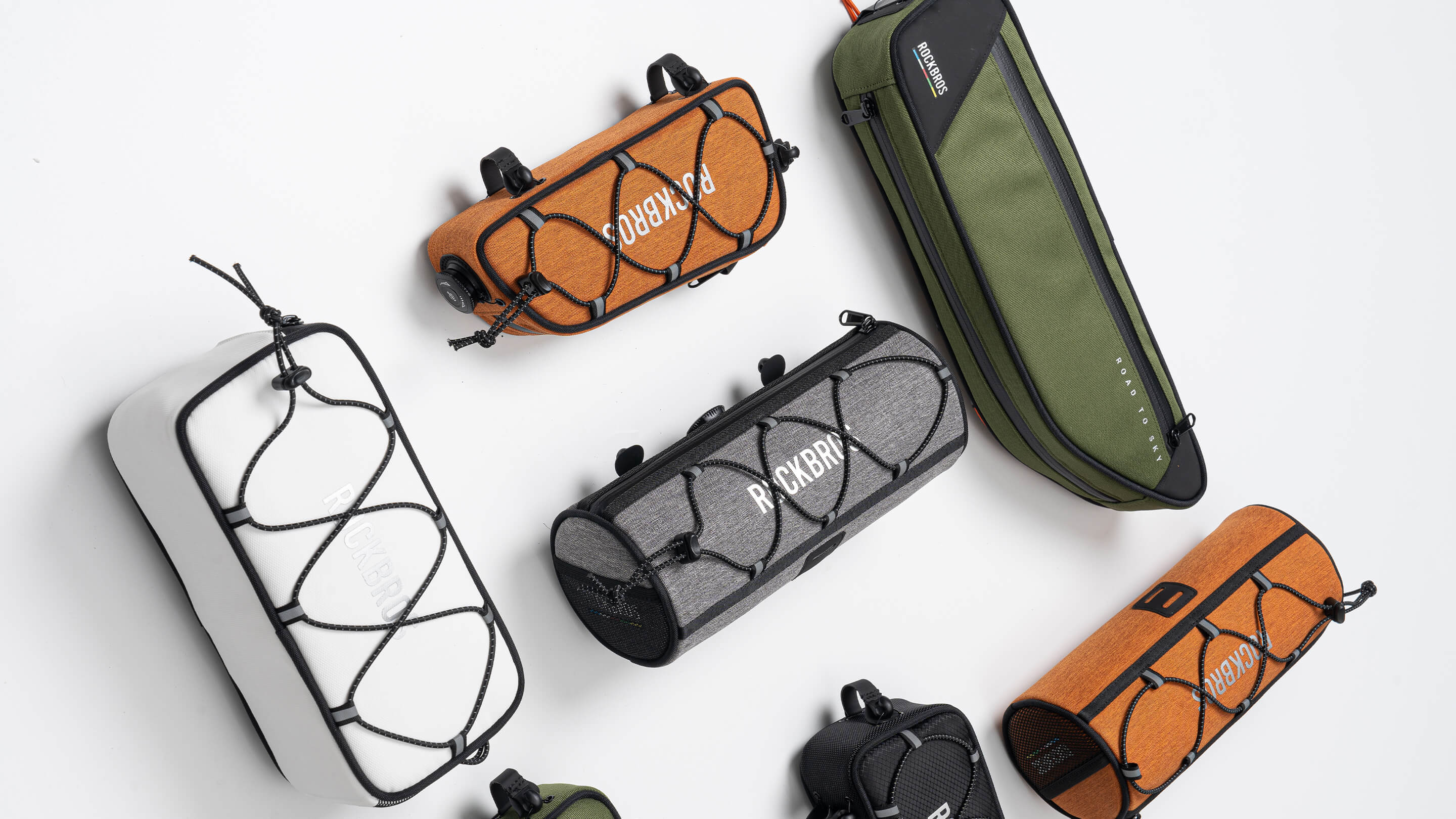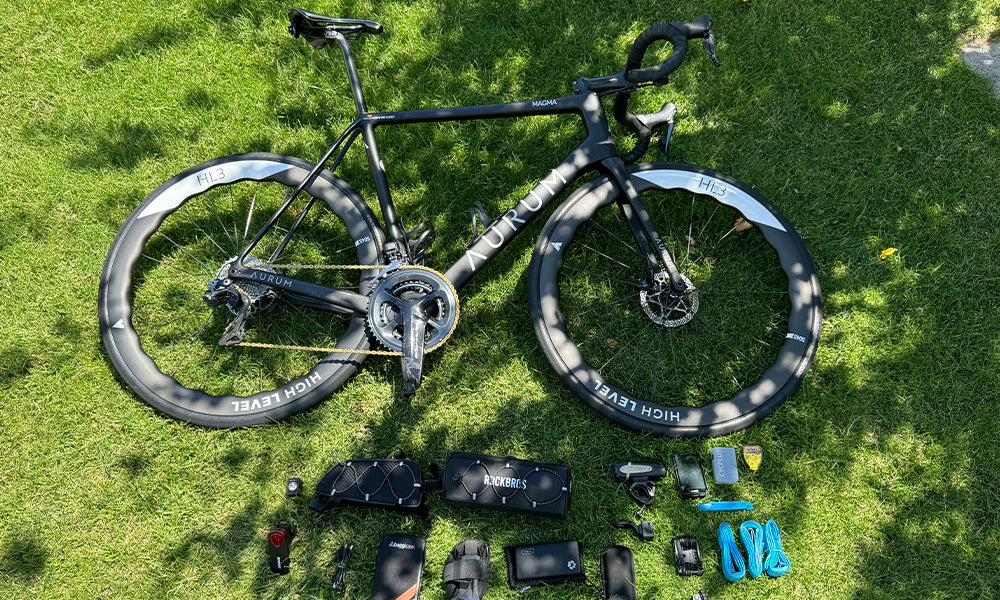Choosing the Right Brightness
Understanding Lumens for Your Outdoor Bike Light

Picture this: you're heading out for an evening ride, that perfect golden hour where the sun dips below the horizon and the world softens into dusk. You clip into your pedals, ready to enjoy the cool air and quiet roads—then realize your bike light is barely cutting through the gathering darkness. Suddenly, that peaceful ride feels a lot less peaceful. If you've ever squinted into the twilight wondering if your light is bright enough, you're not alone. The secret to confident night riding? Understanding lumens—that mysterious number on every bike light spec sheet that actually matters more than you might think.
What Are Lumens?

Let's start with the basics. Lumens (lm) measure the total amount of visible light a source emits. Think of it as the raw output—how much light your bike headlight is actually throwing out into the world. This is different from watts, which tell you how much power the light consumes, not how bright it actually shines.
Here's a helpful comparison: an old incandescent bulb might use 60 watts to produce around 800 lumens, while a modern LED can produce the same 800 lumens using just 10 watts. For cyclists, this is great news—LED bike lights deliver serious brightness without draining batteries in minutes. When you're shopping for cycling lights, lumens tell you what you really want to know: how bright will this thing actually be?
Why Lumens Matter in Cycling & Outdoor Use

When you're on a bike, good lighting serves two critical purposes: helping you see the road ahead and making sure others see you. Both matter equally, whether you're commuting through city streets or navigating a remote mountain pass.
In low-light conditions—dusk, dense fog, tree-covered trails—the right bike light brightness transforms your ride from nerve-wracking to enjoyable. Adequate lumens mean you can spot potholes, read trail conditions, and react to obstacles with time to spare. They also make you visible to drivers, runners, and other cyclists from a distance that actually matters for safety.
Different scenarios demand different brightness levels. A quick commute on well-lit urban streets requires far fewer lumens than a solo mountain bike ride on unlit singletrack. Understanding these differences helps you choose gear that matches your actual riding conditions—not just what looks impressive on paper.
How to Interpret the Numbers: Recommended Lumen Ranges

So how many lumens do you actually need? Here's a practical breakdown based on common riding scenarios:
Commuter and city cycling (300–800 lm): For urban riding with some street lighting, this range offers enough brightness to see road hazards and ensure motorists notice you. Around 500 lumens hits a sweet spot for most commuters—bright enough to be effective without blinding oncoming traffic.
Trail and mountain biking at night (1000–2500 lm): Off-road riding in complete darkness demands serious illumination. You need to read terrain quickly, spot roots and rocks, and navigate technical sections. Lights in this range give you the throw and spread to ride confidently on unlit trails.
Adventure and long-haul bikepacking (1500+ lm): Multi-day adventures often mean riding in varied conditions—remote roads, mountain passes, unexpected weather. Higher lumens provide flexibility, and many adventure-focused lights offer multiple modes so you can adjust brightness to conserve battery life during easier sections.
That said, lumens aren't the only story. Beam pattern matters enormously—a focused spotlight beam throws light farther but creates a narrow tunnel, while a wide flood pattern illuminates more of your peripheral vision. Battery life is another critical consideration; a 2000-lumen light that dies after 45 minutes won't help much on a two-hour ride. Look for bike light buying tips that balance brightness with runtime and mounting versatility.
Understanding Related Terms: Beyond the Lumen Count
Once you start diving into lighting specs, you'll encounter other terms alongside lumens—mainly candela and lux. Here's the quick explanation:
Candela measures light intensity in a specific direction, while lux measures how much light actually lands on a surface at a given distance. Lumens measure total output, regardless of direction. Think of it this way: lumens tell you how much light the bulb makes; candela and lux tell you how that light is focused and how it performs in the real world.
A practical example: imagine two lights with identical 1000-lumen ratings. One has a tight, focused beam (higher candela)—it throws light far down the road like a spotlight, perfect for high-speed road riding. The other has a wide, diffused beam (lower candela, spread over more area)—it floods your immediate surroundings, ideal for technical trail navigation. Same lumens, completely different riding experiences.
This is why the best bike light brightness isn't just about the highest number—it's about matching the beam characteristics to how and where you ride.
Practical Tips & Gear Considerations
Ready to choose your lighting setup? Here are some tried-and-true tips:
Opt for multi-mode lights. The ability to switch between high, medium, and low settings lets you balance brightness and battery life based on conditions. You don't need full power on every section of every ride.
Test before you trust. Once you get a new light, test it at home in the dark—shine it down your street or driveway to get a real sense of beam pattern and range. Specs can only tell you so much.
Check the mount and battery system. A brilliant light that wobbles loose on rough terrain or requires proprietary batteries isn't practical for adventure cycling. Look for secure, tool-free mounts and lights with standard USB charging or removable batteries.
Consider a headlight-taillight combo. Front lighting gets the attention, but a quality rear light is just as essential for visibility, especially for commuter bike light lumens where traffic awareness is critical.

In my own setup, I've found the Road to Sky waterproof bike headlight to be a reliable companion—offering adjustable 600-1500 lm options and built to handle real conditions, from rainy commutes to dusty gravel roads. Having that range of brightness in one light means I'm covered whether I'm pedaling home from work or exploring backcountry routes after dark.
Conclusion: Light Your Way with Confidence
The right lighting matters as much as your bike, tires, and any other essential gear. Lumens give you the language to understand brightness and make informed choices, but remember—it's not just about the biggest number. Match your cycling light lumens to your actual riding context: where you ride, when you ride, and what conditions you encounter.
Take the time to test your gear, understand how beam patterns work for your needs, and don't hesitate to invest in quality lighting—it's one of the most important safety investments you'll make. Every ride is brighter when you're seen and when you can truly see the road ahead. Now get out there and light up the night.








Leave a comment